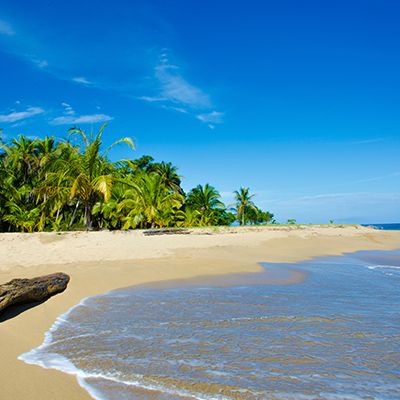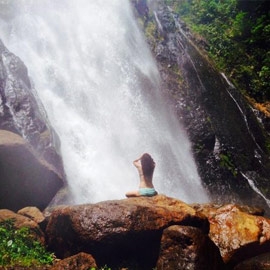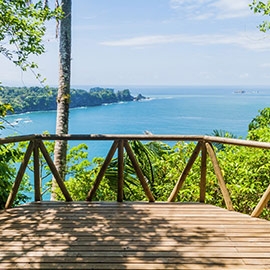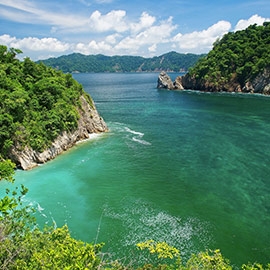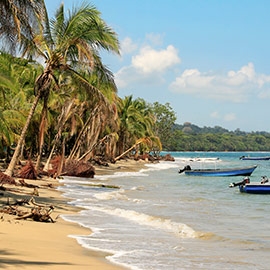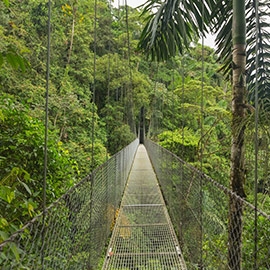Catarata Bijagual
The Bijagual waterfall is a natural spectacle: one of the highest waterfalls in Costa Rica, framed in an emerald green environment. No doubt an image that will last forever in your memory
Parque Nacional Manuel Antonio
In a country with incredible biological diversity, the real monuments are the flora and fauna. The Manuel Antonio National Park delights us with thousands of hectares of a terrestrial and marine ecosystem.
Isla Tortuga
Paradisiacal, exquisite... everything we could say about Tortuga Island falls short. One of those places that you only thought existed in your imagination is real. Not to miss!
Playa Hermosa
Playa Hermosa is only three kilometers from Jaco Beach, and lives up to its name: a beautiful beach surrounded by nature where the hours pass slowly.
Parque Nacional de Carara
It is said that this national park is in the most biologically diverse area of Costa Rica. In addition to this you can also see numerous pre-Columbian remains in the park.
 PLAYA JACÓ
202
252
PLAYA JACÓ
202
252

